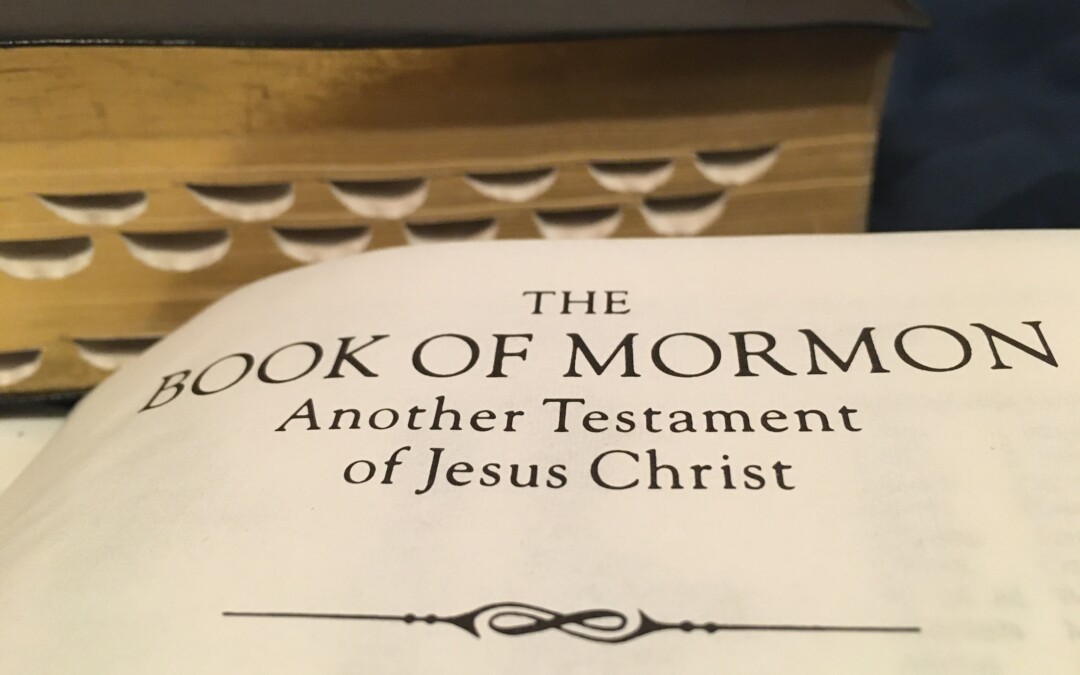Terry Lloyd currently serves as the Sunday School president in the Snyderville Ward, Park City Utah stake. In addition to other callings, he has taught in Primary, Sunday School, priesthood quorums, and early morning seminary. In his professional life he is a financial analyst and occasionally provides training on finance and accounting topics.
Enter Terry…
Whether we are called to teach at church, teach our family at home, or are teaching ourselves as individuals, we start again in 2024 with our foundational book of scripture.
In addition to the traditional sources for helping with study and teaching, there are additional places we can look to help our understanding. Below is a list of the “classic” sources along with a few more recent ones. These can be helpful in our personal study as well as handling challenging questions in class. They all merge seamlessly with Teaching in the Savior’s Way.
More Recent Resources
You may not be aware, but there are several new resources to assist in our study of The Book of Mormon. There are some additional resources that can expand both our study and teaching.
1. Under the heading of “Topics and Questions”, (published in December) the Church has provided additional information on some specific topics (e.g. Race and the Priesthood, Mother in Heaven, three on Plural Marriage, etc.). Many of these will redirect you to the Gospel Topics Essays. The Topics and Questions page also has some new sources on Seeking Answers to Questions and Helping Others with Their Questions. These are not specific to Sunday School or formal instruction but can be applied directly, including “responding with love” and “listening with humility.”
2. Two talks given to Church Edication System (CES) personnel. The first, “Therefore, What?”, is Elder Holland’s 2000 talk focusing on the application of the material to the lives of the students. The other is Elder Ballard’s 2016 talk to Church educators. There he outlines some principles and specific practices for dealing with some of the tough questions faithful students face and how teachers can help them. He said those teaching in the Church should know the essays “like the back of your hand.” It also contains this:
“Teach them about the challenges they face when relying upon the Internet to answer questions of eternal significance. Remind them that James did not say, “If any of you lack wisdom, let him Google.”
3. Podcasts and Independent Resources. There are any number of independent resources that are aligned with the Church’s teachings and mission. One of the more academic ones comes from BYU Studies. Here is material for this week’s reading. Another is “Book of Mormon Central,” specifically aligned with the Come Follow Me curriculum. A more academic, annotated version of The Book of Mormon can be found here. This podcast is one I have found useful, other friends and family have recommended this one, which also provides a downloadable set of PowerPoint slides.
Official, Established Resources
Without a doubt, we’ve had many great resources available for our studies. The old established ones are still of great value and use.
1. The manual is the start to our study.
2. The Liahona will have relevant articles. The January 2024 issue has several pieces on The Book of Mormon. Other talks and resources published by the Church, including President Benson’s classic 1986 talk, “The Book of Mormon—Keystone of Our Religion.”
3. Personal prayer and meditation, including praying by name for those we teach. This is part of loving those you teach.
4. Temple worship.
5. Focus on the Savior. Jesus Christ is mentioned, on average, twice in every three verses in the book and by 100 different names or titles. Here is a review of focusing on the Savior in our study and teaching.
A Simple Case Study
This week (when there is no class) we’ll again visit the troubling story of Nephi and Laban. This could (and probably will) raise questions in the students’ minds. How to handle honest, faithful inquiry with this—or other—readings? A few suggestions:
- Say “I don’t know” when appropriate. Readers, including me, have been struggling with this story for 125 years.
- Apply 1 Nephi 19:23 and ask how this story (or others) applies to my life—or the lives of the people I teach. Very few of us will deal with that specific situation but most of us will have to act in faith “not knowing beforehand” what’s on the other side of the wall before us. That wall might be a new job, a new calling, a move to a new place, marriage, parenthood, divorce, or some other unfamiliar situation. I can apply the principle of the case even if I can’t explain all the details.
- Offer to speak with the questioner—and others—after class.
- Don’t devote too much time to secondary questions. Our purpose is to build faith and focus on the Savior in the limited time we have in class.
- Put it in context, including the time and place.
- Invite the questioner to do separate research. Here are two places to begin on the story of Laban. There are other places for other questions.
Our Focus
I believe The Book of Mormon is not only another testament of Jesus Christ but also the best one. I look forward to a fulfilling year of study as we focus on the Savior in our study and teaching efforts.









